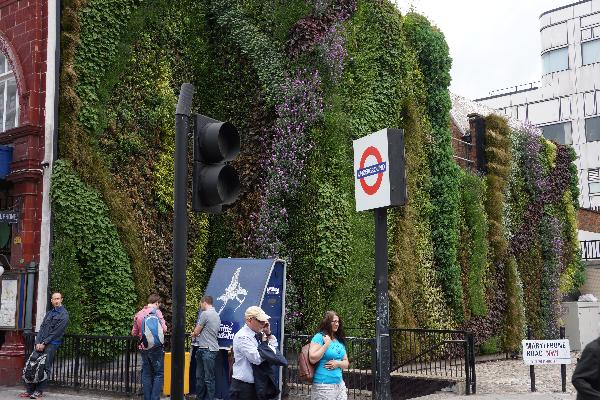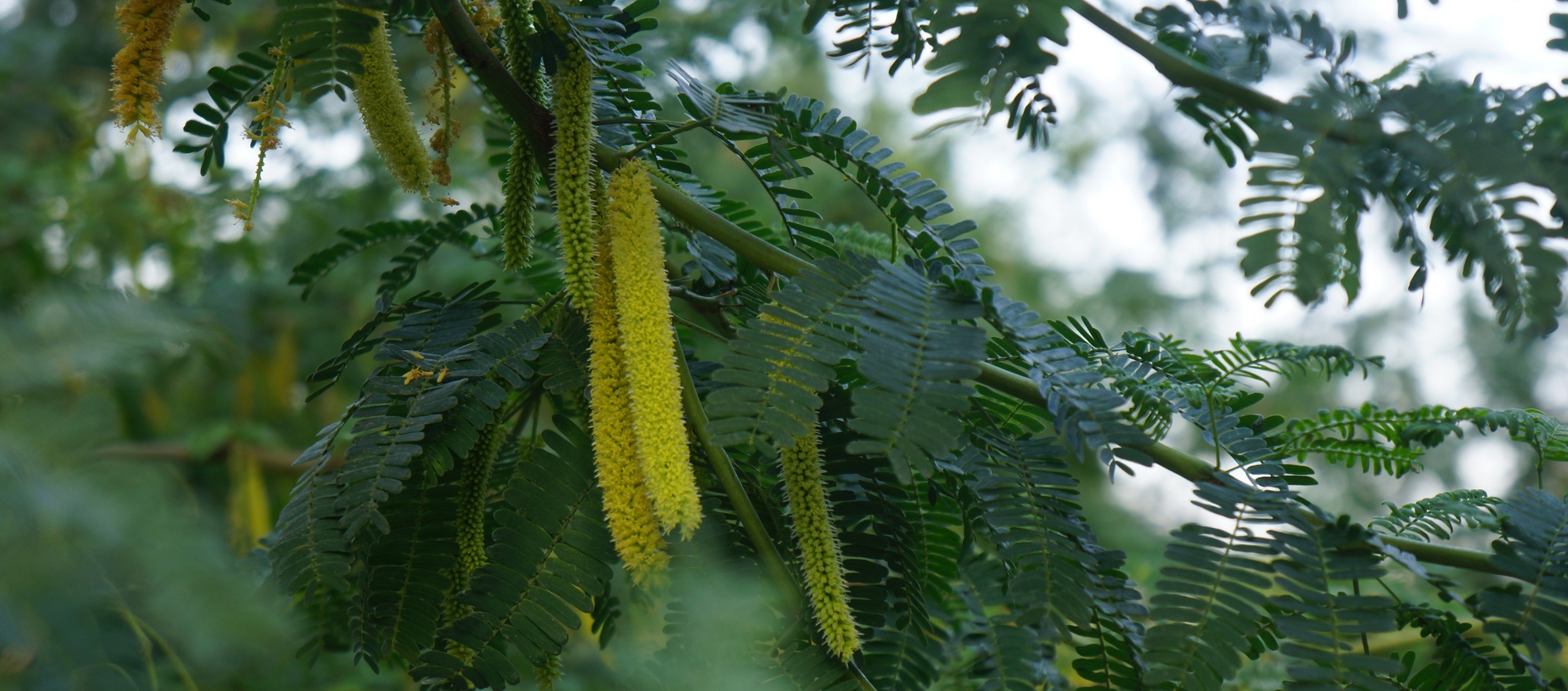Last year some interesting work emerged over the use of green walls for mitigation of air pollution; in particular the ability (or otherwise) of plants to remove particulate matter from the air, with pm10 being the size range focussed upon. This is the particle size most emitted from diesel exhaust, and this does a lot of damage when breathed in.
Like many cities, London is constantly breaching WHO and EU pollution limits and has the threat of a 300m euro fine being levied. Of course, the pollution is nothing like that in the news recently from Beijing, which is largely caused by the low quality coal that fires their electricity generation plants, coupled with cold winter air, which traps pollution in.
So the Mayor’s office set up the Clean Air Fund, and put £5m into research – a tiny amount compared to the fines, but better than nothing. A tiny amount of that was used to put up initially one, then two green walls, which were to be monitored by Imperial College London to see what types of plants trapped the most particulate. Biotecture put the first (and principle test wall) up for transport for London on the side of Edgware Road tube station, right by the Marylebone flyover, one of London’s worst pollution hotspots. The second one was added rather later at the Mermaid Theatre and was done by ANS.

I chose 15 species of plants which I knew would take the South facing aspect of our wall and which had smaller leaves – research told me that smaller, hairy leaves were the most effective at trapping particulates, and made sure the species were present across the whole height of the wall. Past research in Germany on Climbers had shown that plants trap more particulates at height, around the 4-5m mark. As it turned out, UCL only collected leaf samples from the pavement level, despite there being roof access where some sampling could be taken, and they only did this for about nine months, so I feel sure that the sample results are insufficient. Nonetheless, they showed a definite ability to capture particulate.
We have barely scratched the surface and what’s needed now are sustained and serious trials to gather more comprehensive results under widely varying conditions and climates… sponsors anyone?

Would you know where I may obtain a copy of a study undertaken by students from imperial College that looks at the effectiveness and efficacy of various plants in particulate capture at sites around London?
They also made some references to the Edgware Wall.
I am looking at the possibility of promoting a similar study that could be of help to Lima,
Peru.